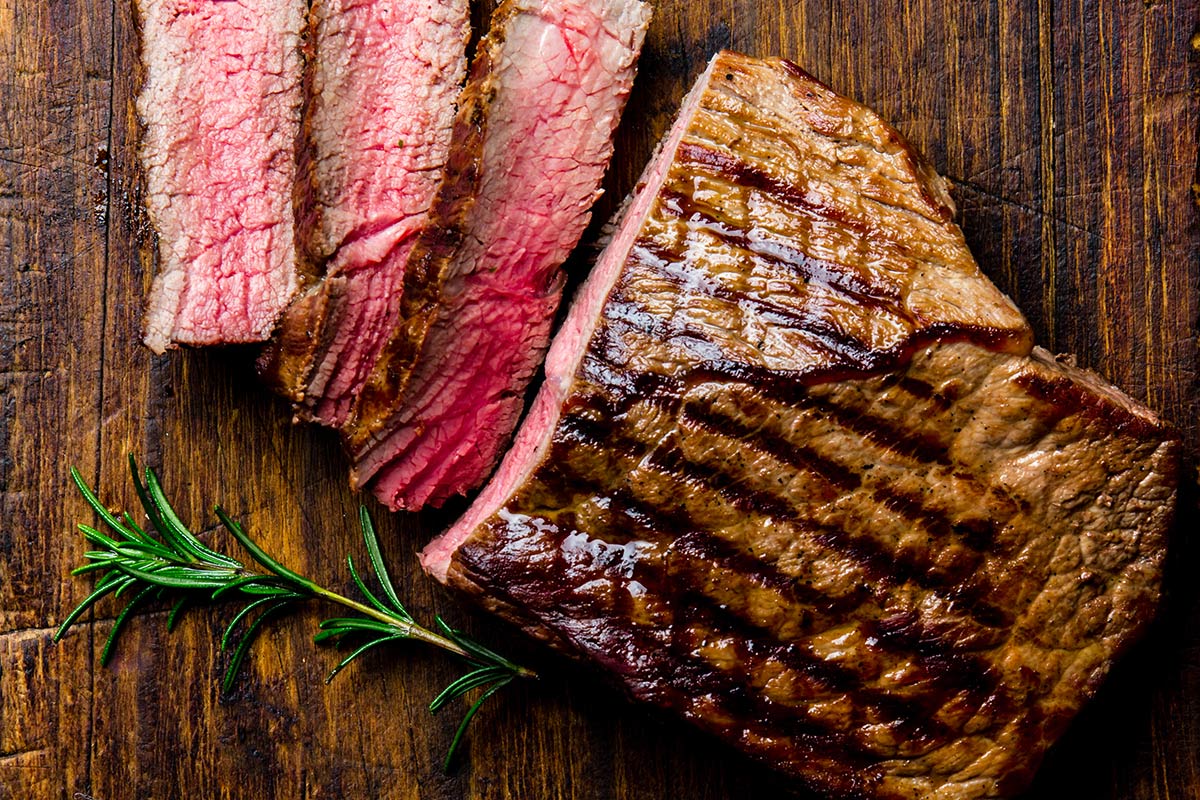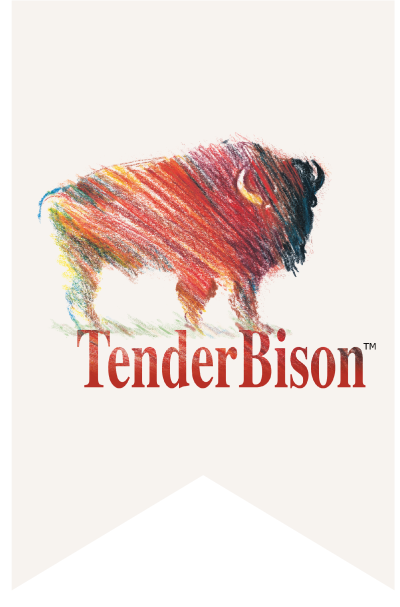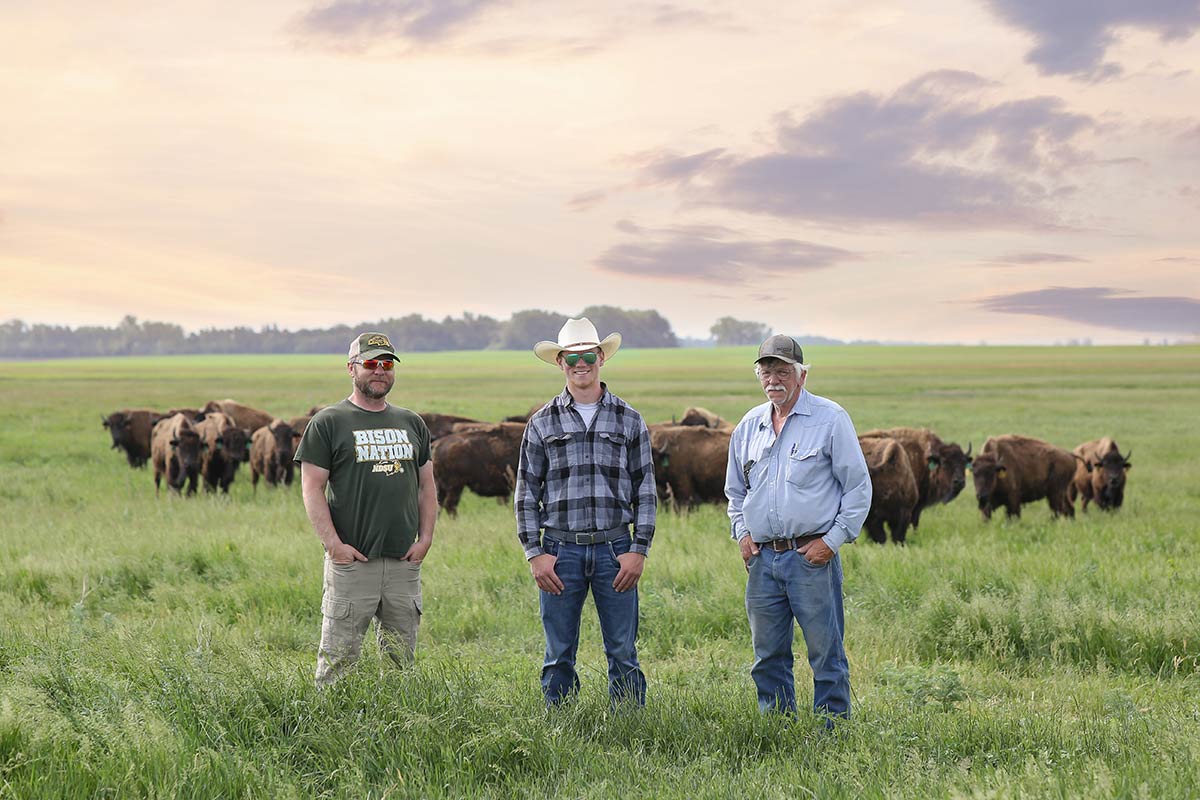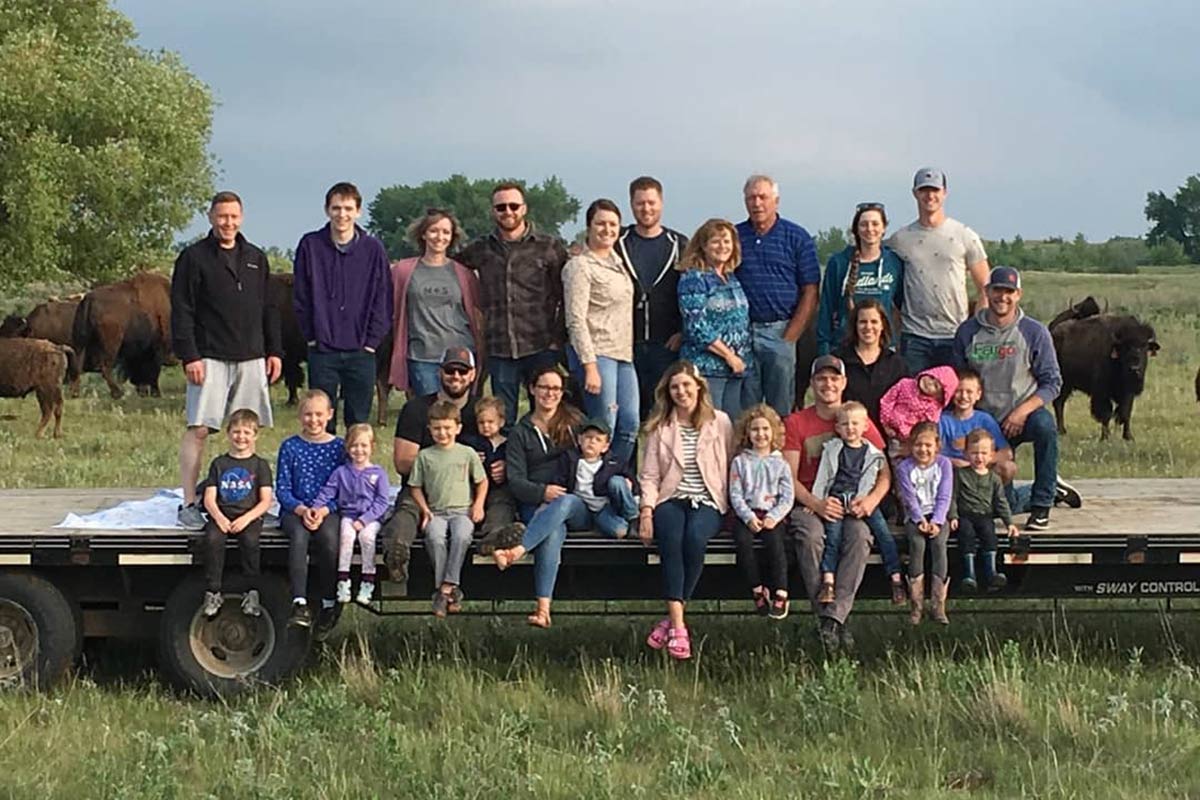Bison meat is delicious on its own and also makes for a perfect beef substitute in any of your favorite recipes. But because bison meat is naturally lean, it requires lower temperatures and less cooking time. To avoid overcooking bison meat, which will make it tough and dry, follow these simple tips to get the most flavor and tenderness out of your bison cooking experience.
 Thawing Bison Meat
Thawing Bison Meat
It’s best to thaw bison the same way you cook it — slowly. For a slow thaw, place the sealed package on a plate in your refrigerator. The meat will thaw completely in 1 to 2 days. If you can’t wait that long, place the sealed package in a bowl and run cold water over it in your sink until it thaws completely. Don’t use warm or hot water—this will start cooking the meat prematurely and may affect its texture.
Cooking with Ground Bison
For bison burgers, consider cooking 2-3 minutes less than you would for a traditional beef burger. It will have the best flavor and texture if it is cooked rare or medium-rare (cooked to the point where the pink is just disappearing). And no matter how tempting it might be – don’t press down on the burgers with the spatula while cooking! If you are browning bison for other recipes (tacos, sloppy joes, casseroles, etc.), there is no need to drain as there will rarely be any excess grease.
Preparing Bison Roasts, Brisket and Short Ribs
Just remember this one rule: low and slow. Cook the meat slowly with low to medium heat. This will draw out the natural flavors and keep the meat tender and juicy. Low temperature, high moisture, and a good amount of time will yield the best results.
Perfecting Bison Steaks
Cuts that are especially tender, like steaks, have very little fat marbling—which means they are even more susceptible to drying out. Aim for cooking them to a medium-rare state for mouth-watering flavor.



